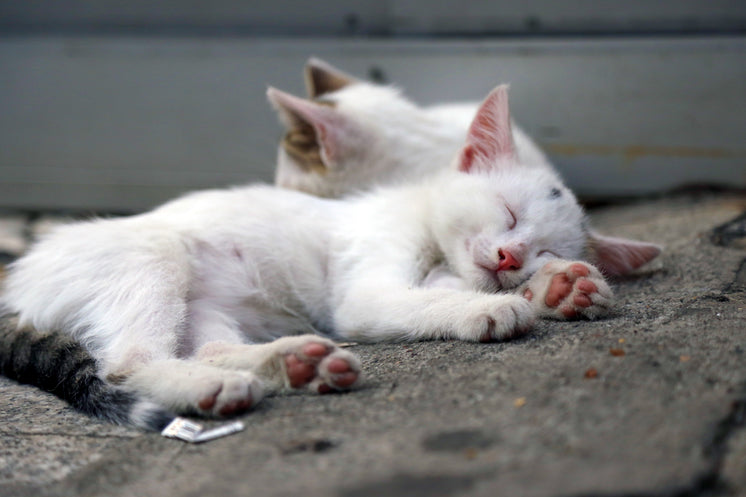Cat Litter: A Short History and Development
Cat Litter: A Short History and Development
Blog Article

Cat litter and litter boxes play a critical function in the lives of both cats and their owners. From the simple starts of sand and soil to the ingenious advancements of today, the world of cat litter has developed substantially. In this thorough guide, we explore every aspect of cat litter and litter boxes, exploring their history, types, benefits, challenges, and everything in between.
The history of cat litter dates back centuries, with ancient civilizations using sand, soil, and even ashes as primitive litter materials. However, it wasn't until the mid-20th century that modern cat litter as we know it emerged. In 1947, Edward copyright introduced the world's first commercial cat litter made from absorbent clay, transforming the way cats relieved themselves inside your home. Because then, cat litter has undergone numerous transformations, with the introduction of clumping litter, silica gel litter, eco-friendly alternatives, and more.
Today, feline owners are ruined for option when it concerns choosing the right litter for their feline companions. Standard clay litter stays popular for its cost and effectiveness in taking in odors. Clumping litter, which forms solid clumps when wet, streamlines cleaning and maintenance. Silica gel litter, composed of extremely absorbent silica crystals, provides exceptional odor control and durability. Eco-friendly alternatives, such as recycled paper, wood pellets, corn, and wheat, attract environmentally conscious customers.
Each kind of cat litter offers unique benefits. Clay litter masters its ability to absorb wetness and control smells, making it a trustworthy choice for lots of feline owners. Clumping litter simplifies day-to-day scooping and extends the time in between complete litter changes. Silica gel litter offers exceptional smell control and can last longer in between replacements. Biodegradable litters use a sustainable option that reduces ecological effect.
While cat litter enhances indoor feline health, it is not without its difficulties. Dust from clay litter can posture breathing threats for both cats and humans, triggering the popularity of dust-free options. Some cats might develop litter box aversion due to problems with texture, scent, or tidiness, requiring experimentation with various litters and Litter Box Liners box configurations. Multi-cat families may require tactical litter box placement and regular maintenance to avoid territorial conflicts and ensure all felines have access to tidy facilities.
Choosing the appropriate litter box is vital for promoting positive litter box routines and total feline well-being. Aspects to consider consist of size, accessibility, and style choices. Covered litter boxes offer personal privacy and help contain smells, but some felines might find them confining or frightening. Open-top litter boxes offer simple gain access to and exposure however might lead to more litter scatter. Automatic self-cleaning litter boxes improve upkeep but need regular tracking and maintenance.
Correct litter box maintenance is important for making sure a tidy cat litter mat and inviting environment for both cats and their owners. Daily scooping gets rid of waste promptly, lessening smell and discouraging litter box aversion. Regular litter replacement, usually every 1-2 weeks, avoids bacterial buildup and preserves optimum absorbency. Thorough cleansing with moderate detergent and water, avoiding severe chemicals that may hinder cats from using cat litter box enclosure package, need to be performed monthly.
Cat litter and litter boxes play a main function in fostering a healthy and harmonious relationship between felines and their human buddies. With a varied array of litter options and litter box designs offered, feline owners have the versatility to tailor their choices to suit their cats' choices and household needs. By understanding the development, types, advantages, and difficulties of cat litter and litter boxes, family pet owners can supply their feline friends with a comfortable and hygienic indoor environment.